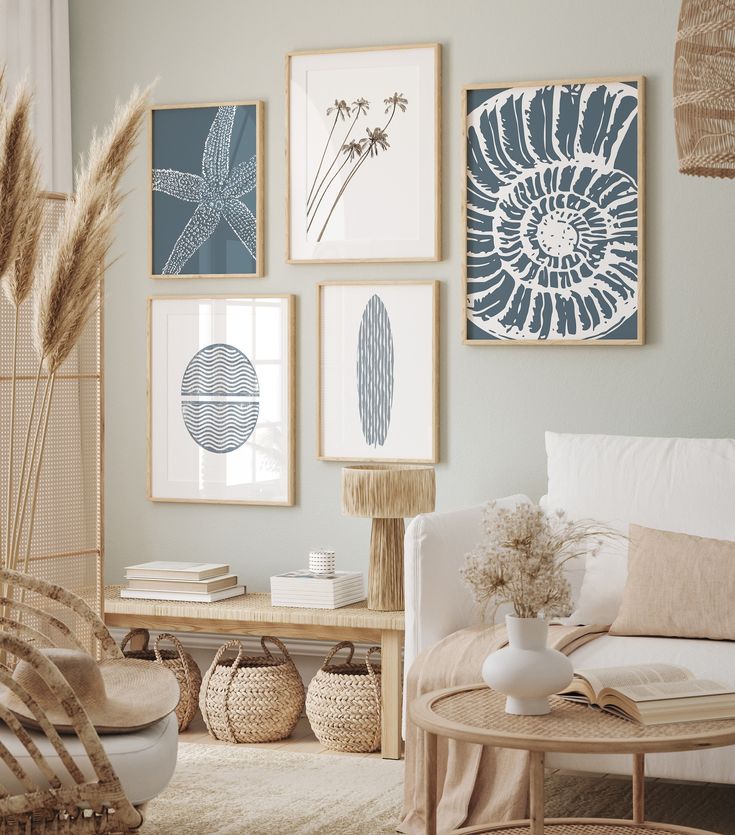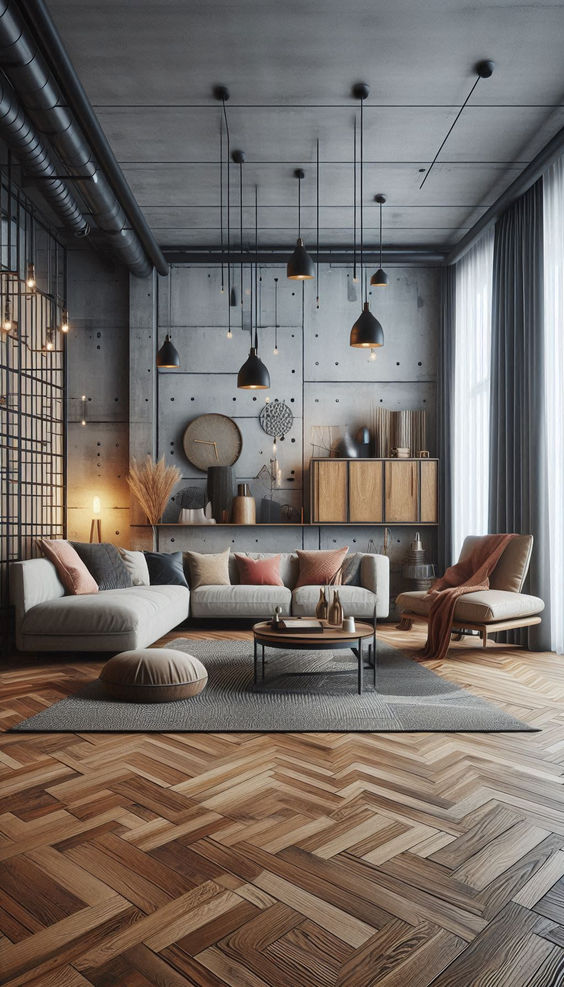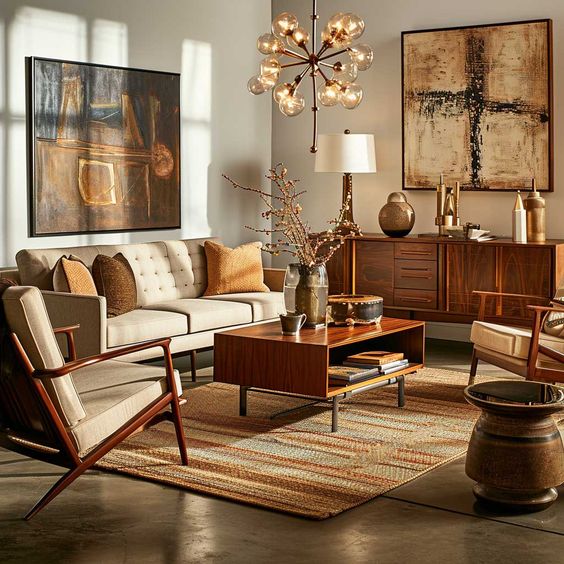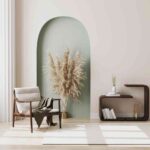Minimalism is more than just a design trend—it’s a lifestyle choice that emphasizes simplicity, functionality, and clean aesthetics. Over the past few years, minimalist home décor has been growing in popularity, and for good reason. With the world moving faster than ever, many people are seeking peace and tranquility in their living spaces. By focusing on clean lines, neutral colors, and clever furniture that maximizes space, minimalist homes provide a calm environment where you can truly relax.
If you’re looking to transform your home into a minimalist oasis, read on to discover the key principles behind minimalist design and how to create a stylish, clutter-free space.

1. The Power of Clean Lines
One of the fundamental features of minimalist design is the use of clean, sharp lines. The focus is on simplicity, with the idea that less is more. In a minimalist home, you won’t find overly ornate furniture or intricate décor. Instead, you’ll notice streamlined shapes, geometric patterns, and smooth surfaces that create a sense of calm.
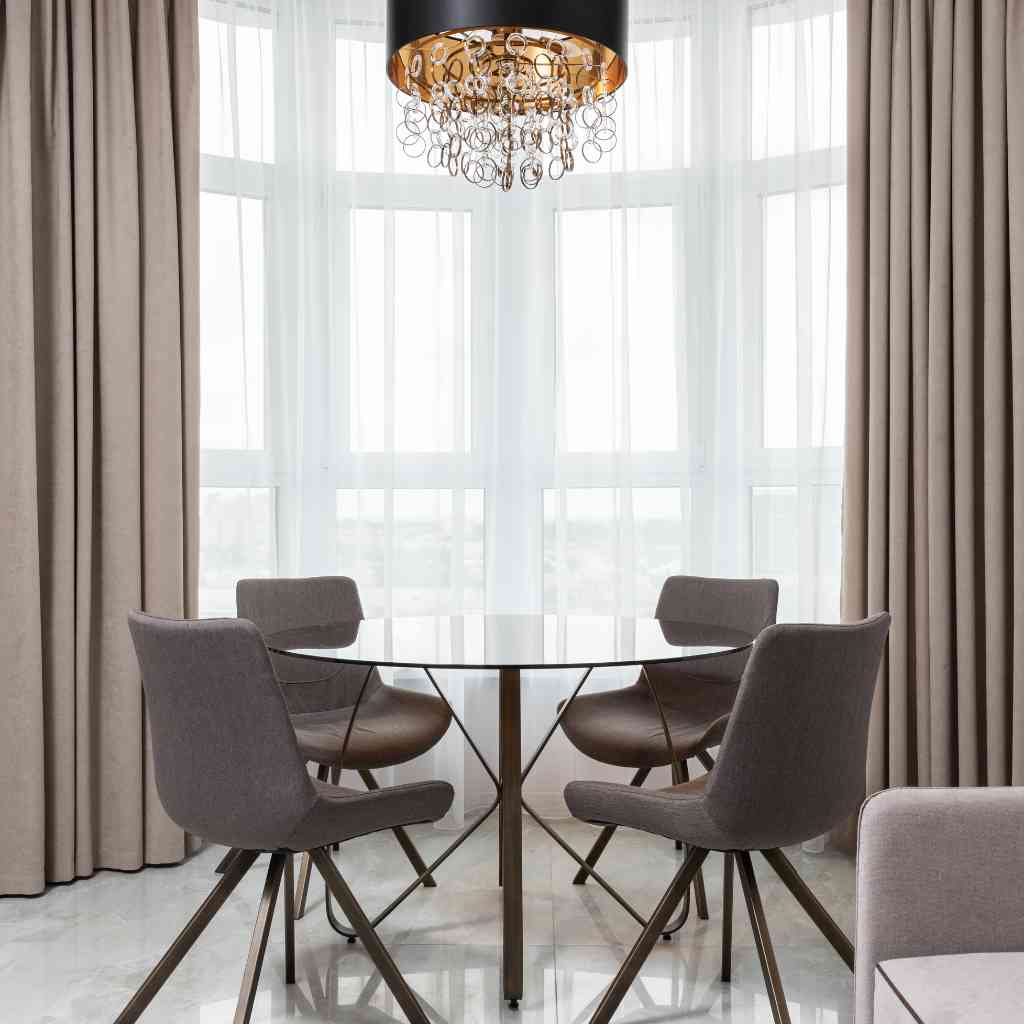
To achieve this look, choose furniture pieces with straight lines and simple silhouettes. For example, a rectangular dining table with smooth edges or a sleek, low-profile sofa will contribute to the minimalist vibe. Avoid overly decorative elements, and keep only what is functional and necessary.
The beauty of clean lines is that they don’t overwhelm the space but instead create a peaceful, balanced atmosphere. In fact, using fewer, more intentional items with clean lines can make the room appear larger and more organized.
2. Neutral Tones Create Calm and Harmony
Neutral tones form the heart of minimalist design. By using shades like white, beige, grey, and soft pastels, you can create a soothing environment that feels open and airy. These colors help bring a sense of harmony to any room, making it feel welcoming without being overly stimulating.
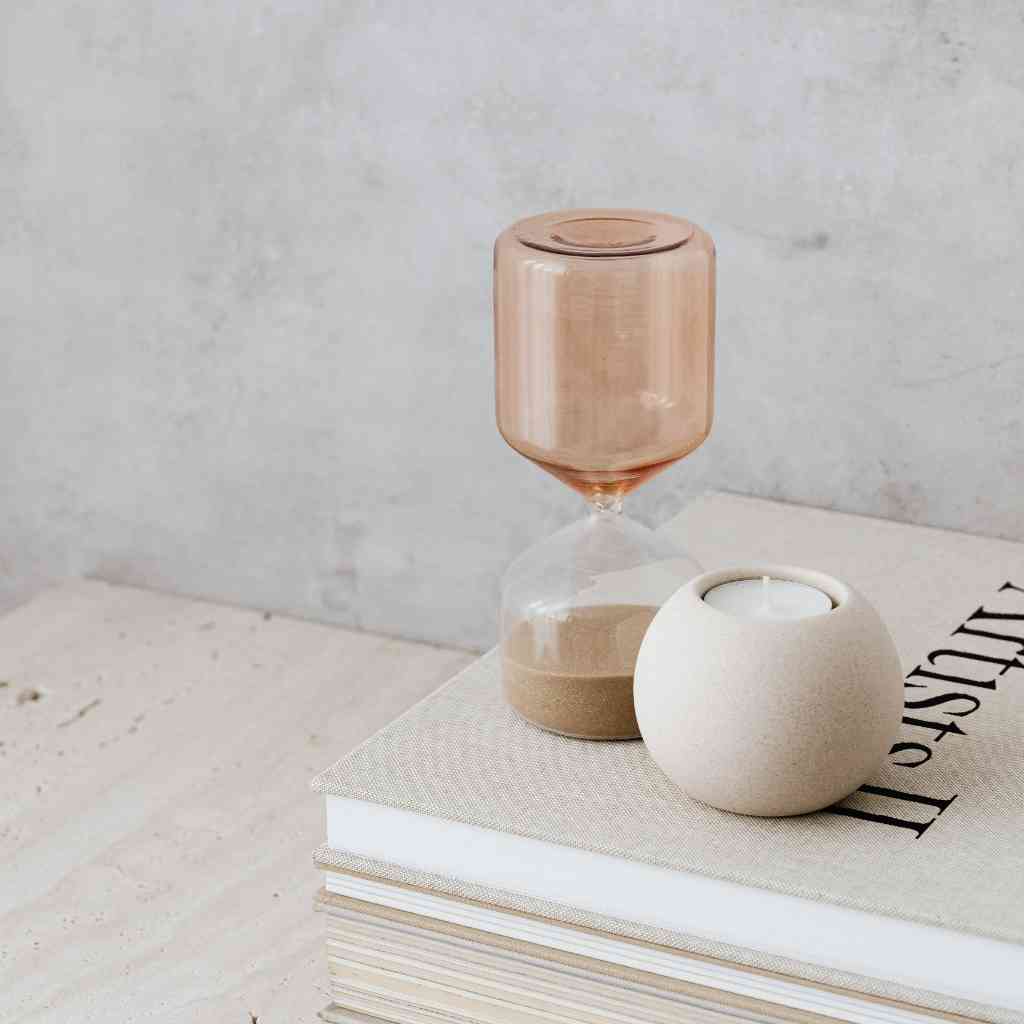
Start with neutral walls as your base and build from there. Light greys, whites, or off-whites on the walls make a room feel spacious and bright. Then, introduce soft tones through furniture, rugs, and accessories. For example, a light beige sofa, grey throw pillows, and wooden accents complement the neutral palette without drawing too much attention.
The beauty of neutral tones is that they’re timeless and versatile. They allow you to easily switch up your décor or add bold accent pieces when you feel like changing things up. In minimalist interiors, the key is to focus on simplicity, so fewer, well-chosen accessories are all you need to enhance the design.
3. Space-Saving Furniture for Maximum Functionality
In a minimalist home, every piece of furniture must earn its place. Space-saving furniture is a key element, ensuring that the design remains clutter-free while also offering maximum functionality. This is particularly important in smaller spaces where every inch counts.
Multipurpose furniture is an excellent choice. Consider a sofa bed that doubles as a guest room, or a dining table with built-in storage. You can also opt for nesting tables or wall-mounted shelves that don’t take up floor space. By selecting pieces that serve multiple functions, you can make the most of your space while maintaining the minimalist aesthetic.
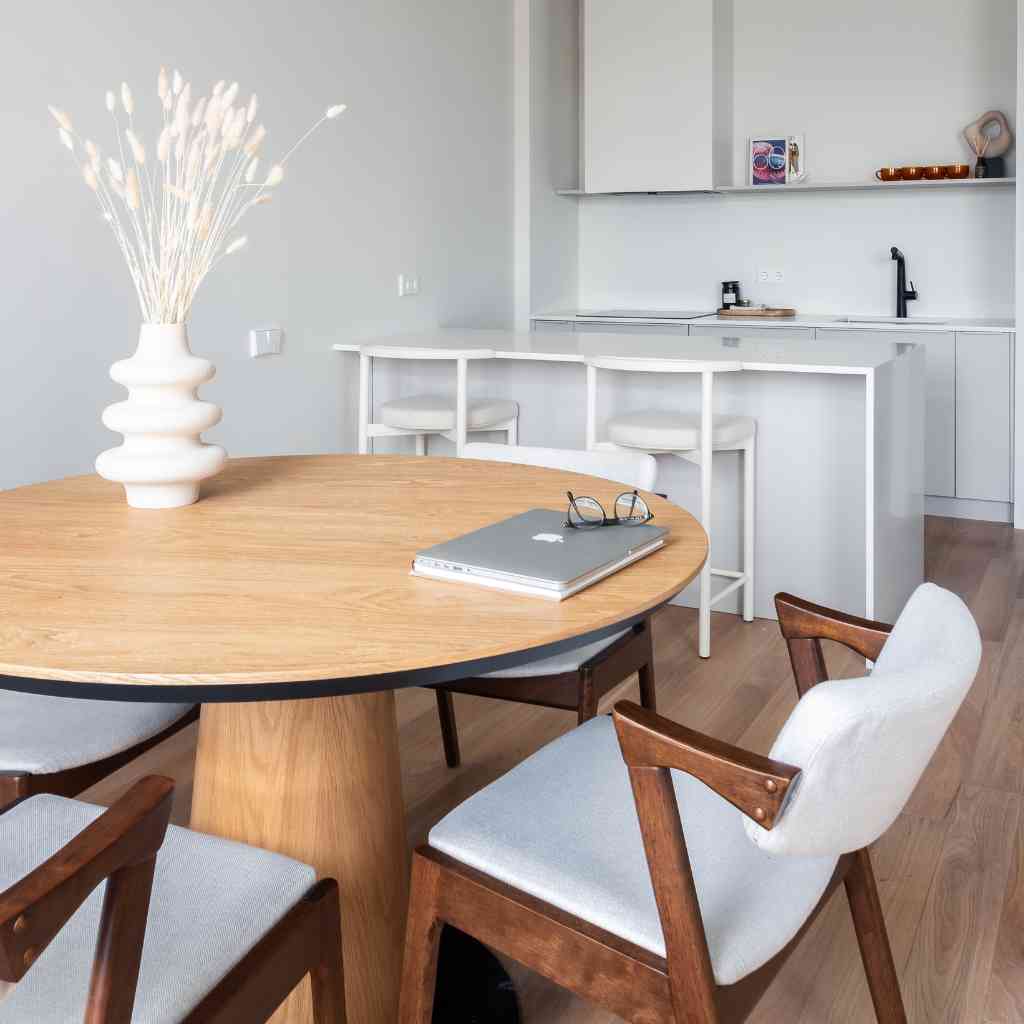
It’s also important to invest in furniture that is simple and durable. Look for well-made, quality pieces that will stand the test of time. In a minimalist home, it’s better to have a few high-quality items that you truly love than a lot of items that clutter the space.
4. Declutter to Create More Space
Minimalism thrives on decluttering. The less you have, the more space you create, both physically and mentally. A clutter-free environment encourages relaxation and focus, which is essential in today’s fast-paced world.
Start by sorting through your belongings and removing anything that doesn’t serve a clear purpose or bring joy to your life. Keep only the essentials, and make sure everything has its place. Storage solutions like built-in cabinets, hidden compartments, and under-bed storage can help you organize your items without taking up extra space.
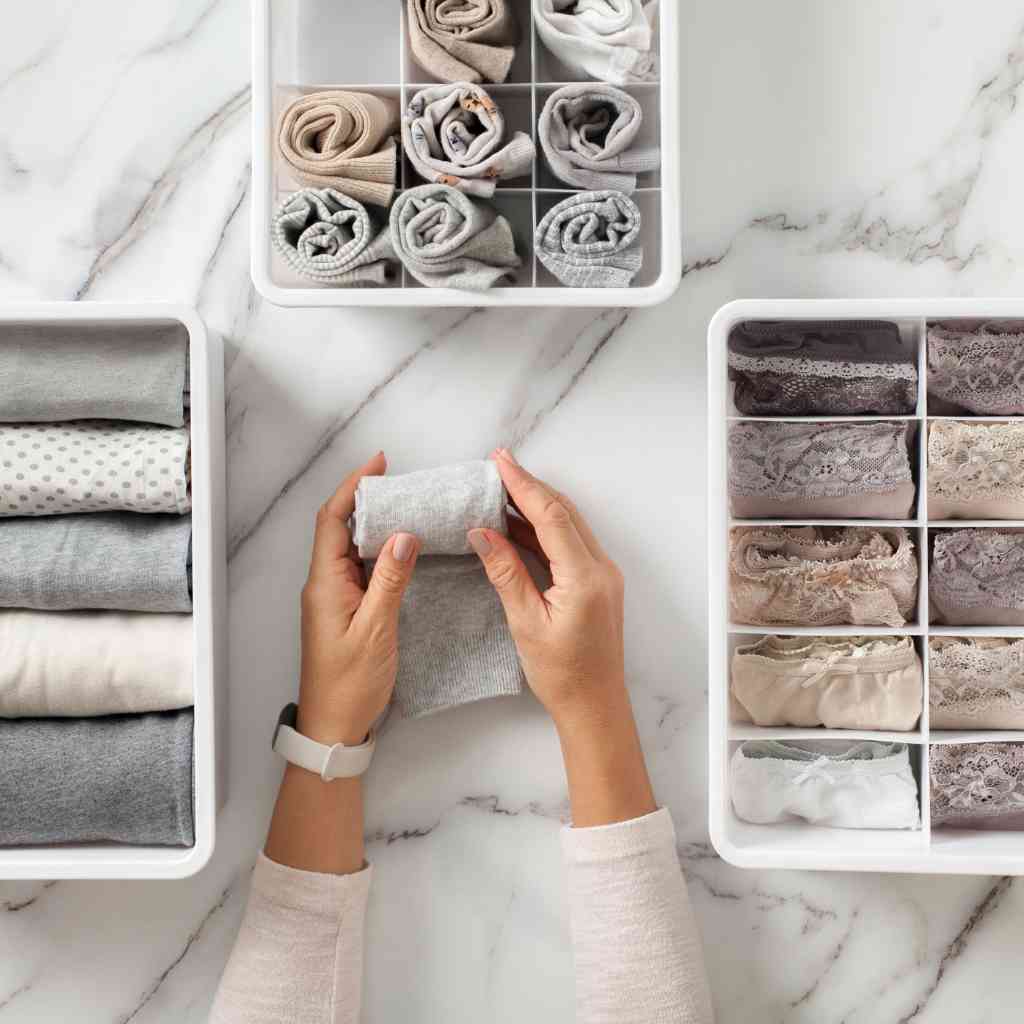
Decluttering doesn’t mean you have to give up on your favorite items. Instead, focus on having a smaller number of well-chosen pieces that add value to your space. The goal is to keep your home simple and functional without sacrificing comfort or style.
5. Natural Materials and Textures
Minimalist design embraces natural materials to bring warmth and texture into a space. Wood, stone, metal, and glass are commonly used to create a calming, grounded atmosphere. Natural textures can also be introduced through textiles like linen, cotton, and wool.

For instance, a wooden coffee table, stone countertops, or a woven rug can add dimension to a minimalist living room. These materials also help create balance, as the rawness of natural textures contrasts with the clean lines of the design.
Additionally, incorporating plants into your minimalist home is a great way to add life and color. Indoor plants bring nature indoors and provide a refreshing contrast to the neutral tones, without overwhelming the space.
Also Read: The Best Smart Home Gadgets to Enhance Your Home in 2024
6. Let Light In
Natural light is one of the most important aspects of minimalist design. Large windows, glass doors, and open spaces allow natural light to flood the home, making it feel larger and more inviting. In a minimalist home, light is your best friend—it highlights the beauty of clean lines and neutral colors.
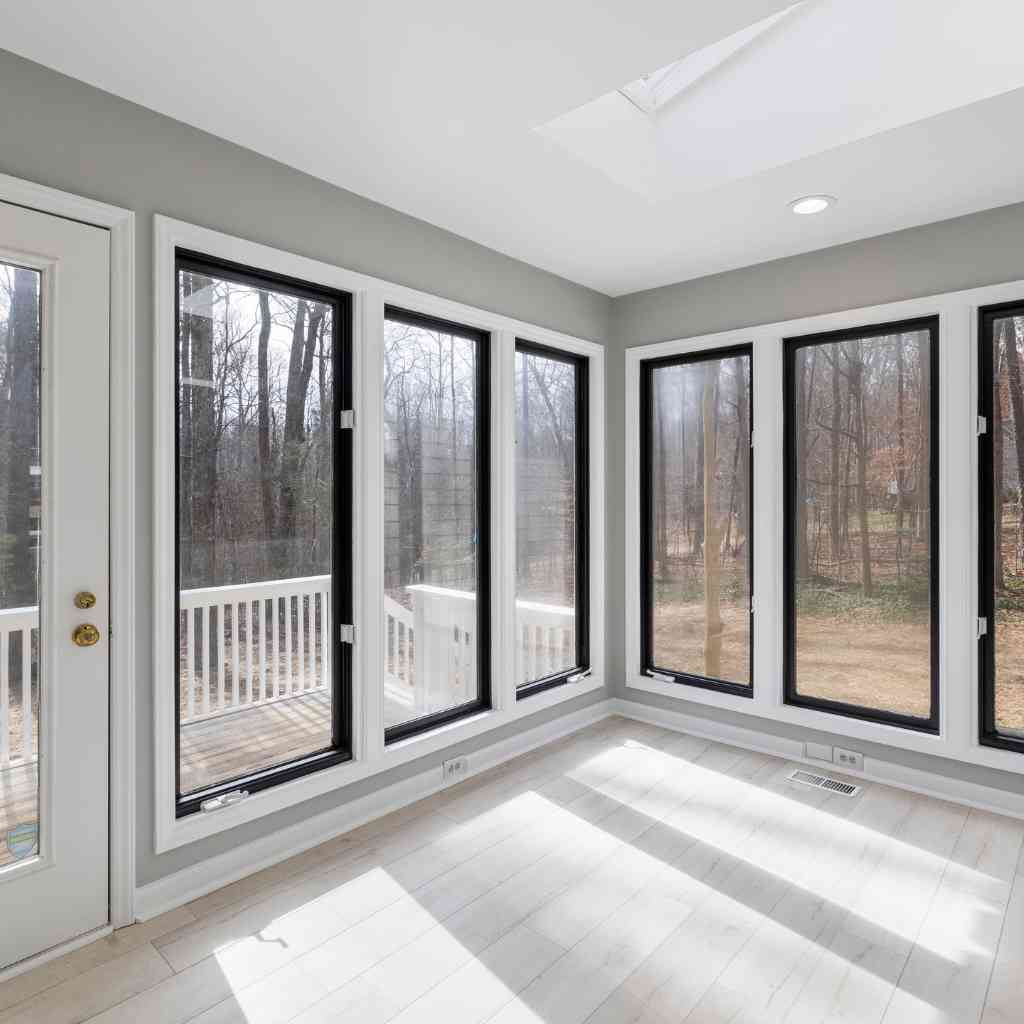
Consider installing sheer curtains or blinds that allow light to filter through without blocking it. If privacy is a concern, try frosted glass or light-colored window treatments that still let in plenty of sunlight.
In addition to natural light, consider adding soft, layered artificial lighting for different moods. Pendant lights, recessed lighting, and floor lamps all help create a warm, inviting atmosphere in the evening.
7. Art and Accessories: Less is More
In a minimalist home, less is definitely more when it comes to art and accessories. Instead of filling every wall with artwork, choose a few pieces that are meaningful to you and align with the overall aesthetic. A single large painting or photograph can become the focal point of a room, drawing the eye without overwhelming the space.
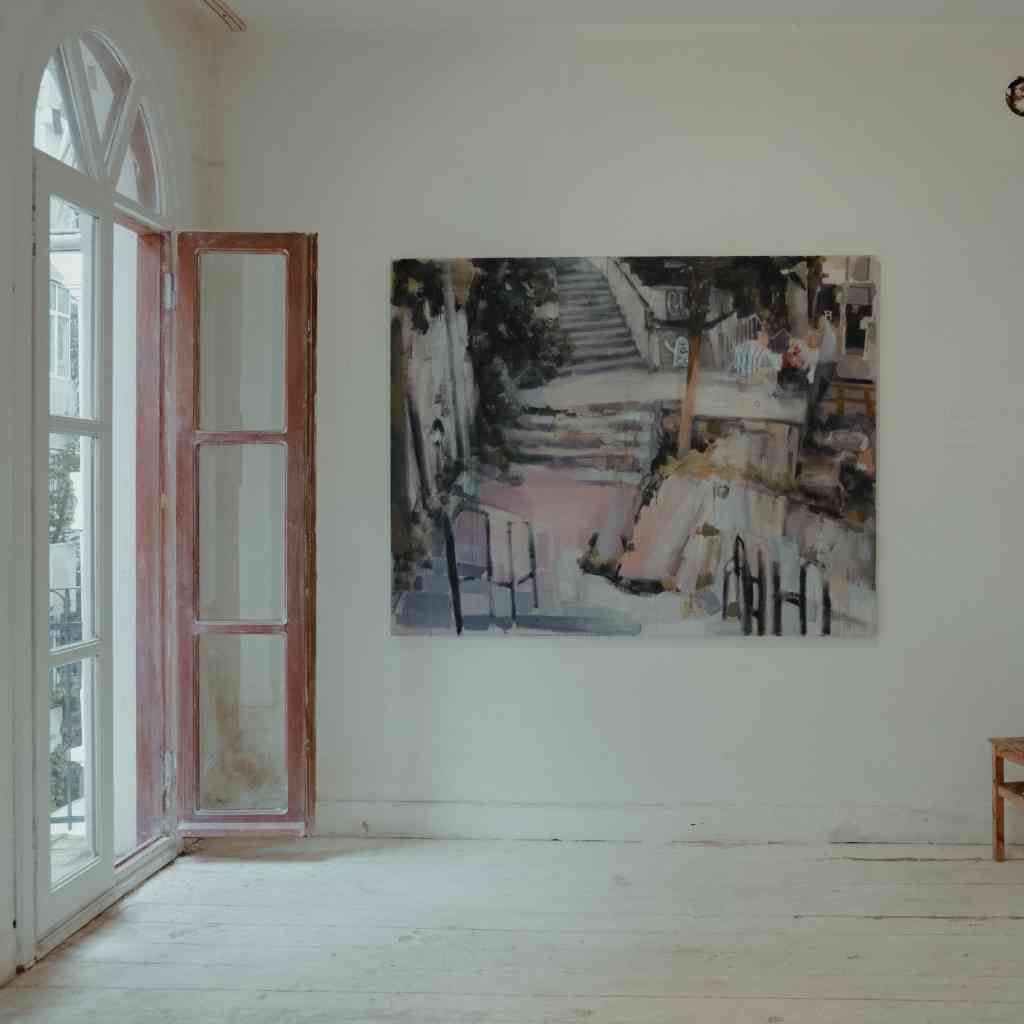
Accessories should also be chosen with care. A few carefully placed items, such as a simple vase, a unique sculpture, or a chic lamp, can add personality to a room. The key is not to clutter the space but to keep it intentional.
Keep your accessories neutral in color, focusing on shapes and textures to add interest. For example, a ceramic bowl with a clean, organic shape or a piece of minimalist art can make a bold statement without distracting from the overall design.
Conclusion: Embrace Simplicity and Functionality
Minimalist design is all about creating a space that promotes peace, tranquility, and functionality. By focusing on clean lines, neutral tones, and space-saving furniture, you can turn your home into a calm, organized retreat. The goal is to keep things simple—both in terms of décor and lifestyle—while ensuring that your home remains practical and comfortable.
With a thoughtful approach, you can design a minimalist home that reflects your personality while offering a sense of calm. So, whether you’re remodeling or starting fresh, embrace the minimalist philosophy and enjoy a beautiful, clutter-free home that allows you to focus on what truly matters.


